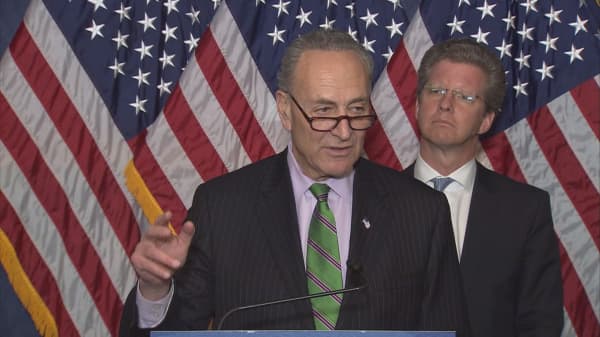After days of testimony before the Senate, Neil Gorsuch could soon face a confirmation vote for the ninth seat on the Supreme Court. If confirmed, he'll likely be there for a while.
By nominating Gorsuch, President Donald Trump is giving himself decades of influence on the judicial branch, according to a CNBC analysis. A 49-year-old judge would give Trump up to 30 years of influence on the bench. That's far higher on a years-per-justice basis than many presidents.
But unless he manages to get re-elected in 2020, and appoint more justices, Trump is likely to end up in the bottom half of presidents, based on the total tenure of their appointed justices. Some presidents have secured more than a century of influence on the court.








